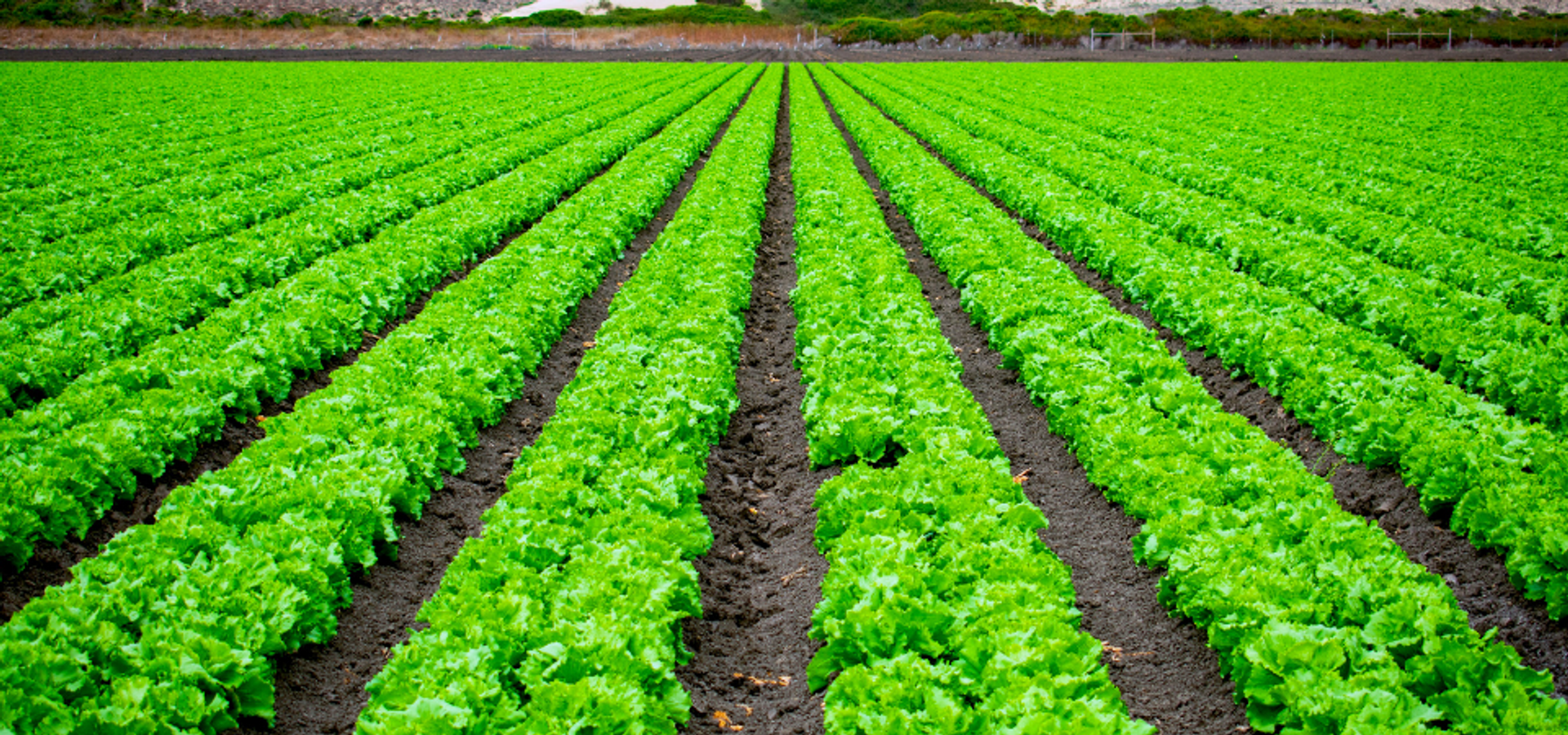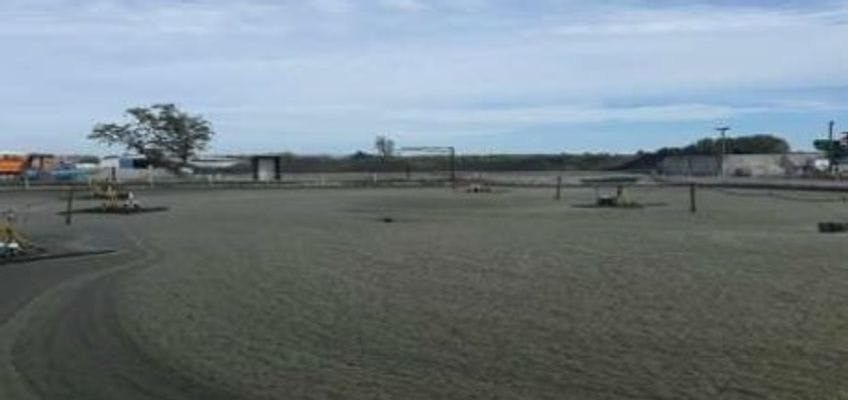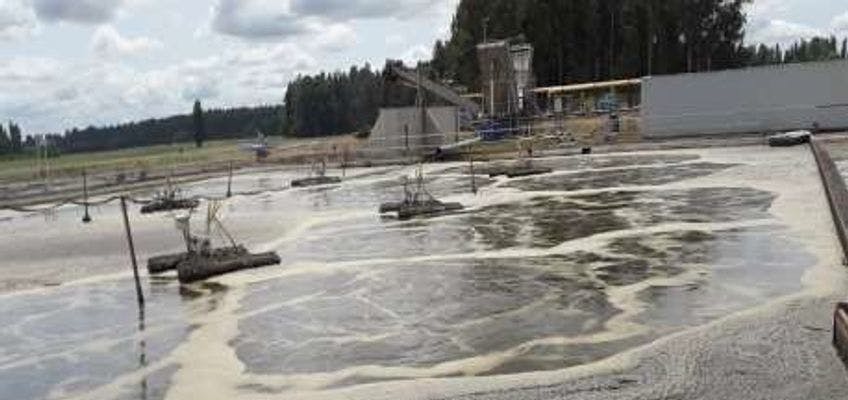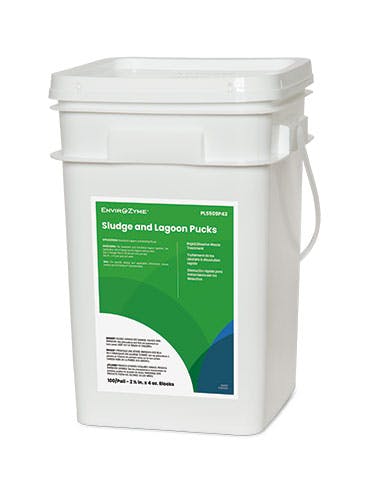
Bioaugmentation of an Agricultural Wastewater Lagoon
Background
From October 2019 to January 2020, EnviroZyme® Lagoon Pucks—rapid-dissolve biological solids with concentrated bacterial strains specially selected for treating municipal, industrial, and animal wastewater—were applied to the severely overloaded lagoon of a South American agricultural company with 8,000 dairy cows.
Both physicochemical analyses and empirical observation throughout this period demonstrated significant qualitative and quantitative progress, including significant reduction of:
- Foam
- Malodors
- Critical physicochemical metrics
Empirical Observation
At the start of the trial, the surface of the lagoon was entirely covered with foam, as shown in the photo on the left below. After just 4 months of treatment, 70% of the water surface was visible with little foam, as shown on the right.

Pre-treatment

Post-treatment
Olfactory observation by staff members also indicated a substantial decrease in obnoxious odors in the plant.
Physicochemical Analyses
The improvements were, furthermore, notable on a quantitative level. Analyses of important physicochemical parameters—including nitrite, nitrate, ammonia nitrogen, total phosphorus, fecal coliforms, BOD5, and COD—pre- and post-treatment are summarized in the table and corresponding graph below.
| PHYSICOCHEMICAL PARAMETERS | Analysis after 4 months post-treatment | Baseline analysis |
|---|---|---|
| Ammonia nitrogen mg/L | 337.00 | 606.00 |
| Nitrate mg/L | 0.20 | 8.00 |
| Nitrite mg/L | 0.03 | 0.10 |
| Kjeldahl nitrogen mg/L | 690.00 | 886.00 |
| Total nitrogen mg/L | 690.00 | 893.00 |
| Dissolved phosphorus mg/L | 9.00 | 15.00 |
| Total phosphorus mg/L | 9.00 | 215.00 |
| Potassium mg/L | 1036.00 | 467.00 |
| Oil and grease mg/L | 0.00 | 2.00 |
| BOD5 mg/L | 2752.00 | 5195.00 |
| COD mg/L | 19303.00 | 18211.00 |
| TSS mg/L | 3220.00 | 18650.00 |
| SVI mg/L | 2520.00 | 12400.00 |
| pH | 7.70 | 7.50 |
| Conductivity uS/cm | 12300.00 | 9944.00 |

As shown by the data, the lagoon experienced 70–80% reductions in key physicochemical indicators of system health and treatment efficiency.
Conclusion
After the results were determined, the plant operator deemed the Lagoon Puck trial successful, having achieved each of its primary objectives:
- Elimination of pivot irrigation system obstruction issues and foam overflow
- Curtailment of malodors
- Remediation of previously elevated physicochemical metrics
- Reduction of inert sludge at the bottom of the lagoon
Rehabilitation of a severely overloaded system requires in-depth understanding of waste plant operation and design, as well as environmental microbiology, and EnviroZyme is here to help.
